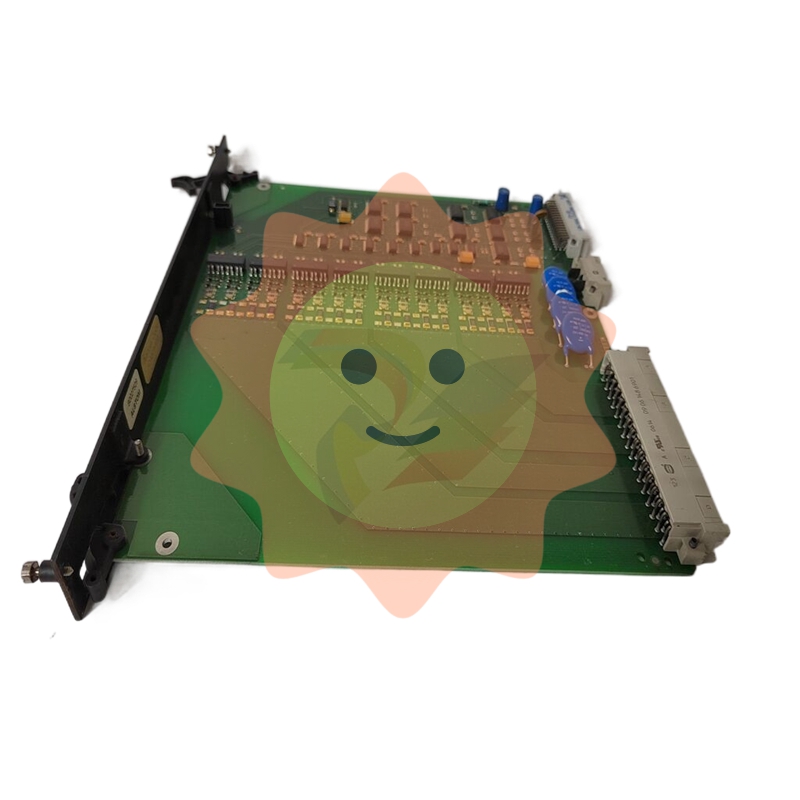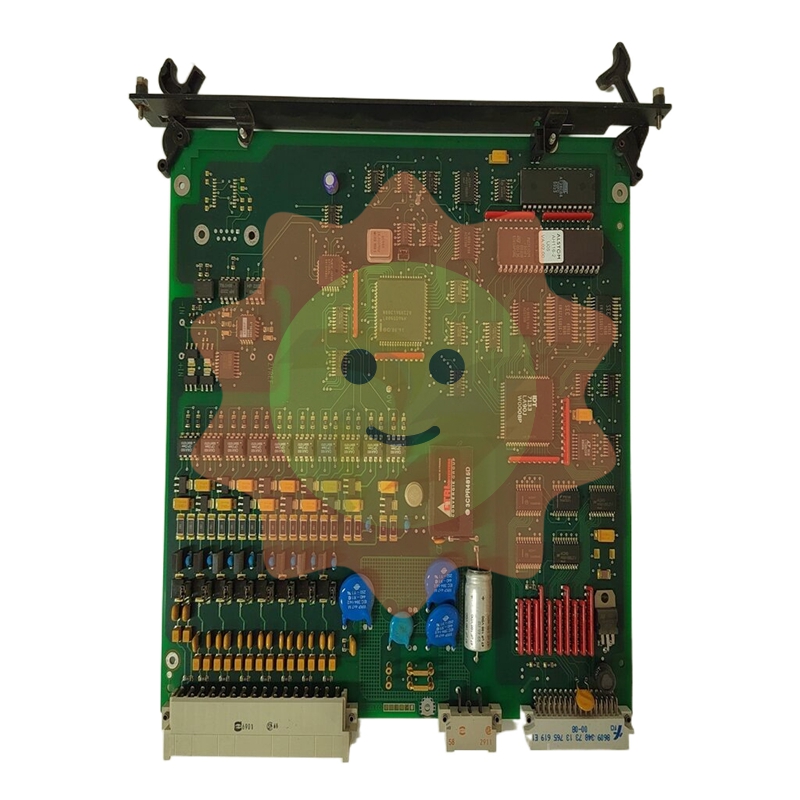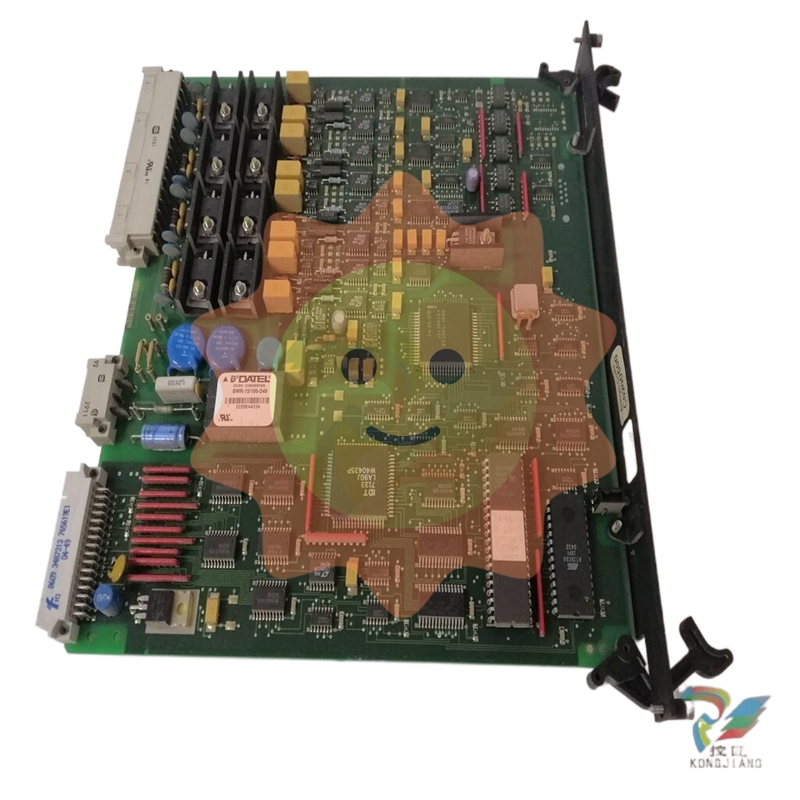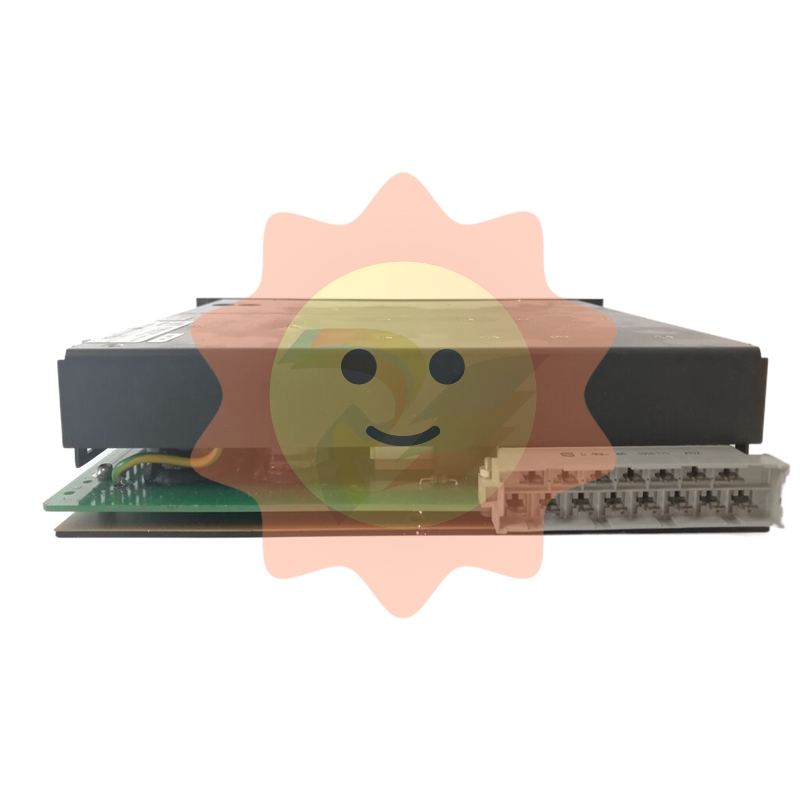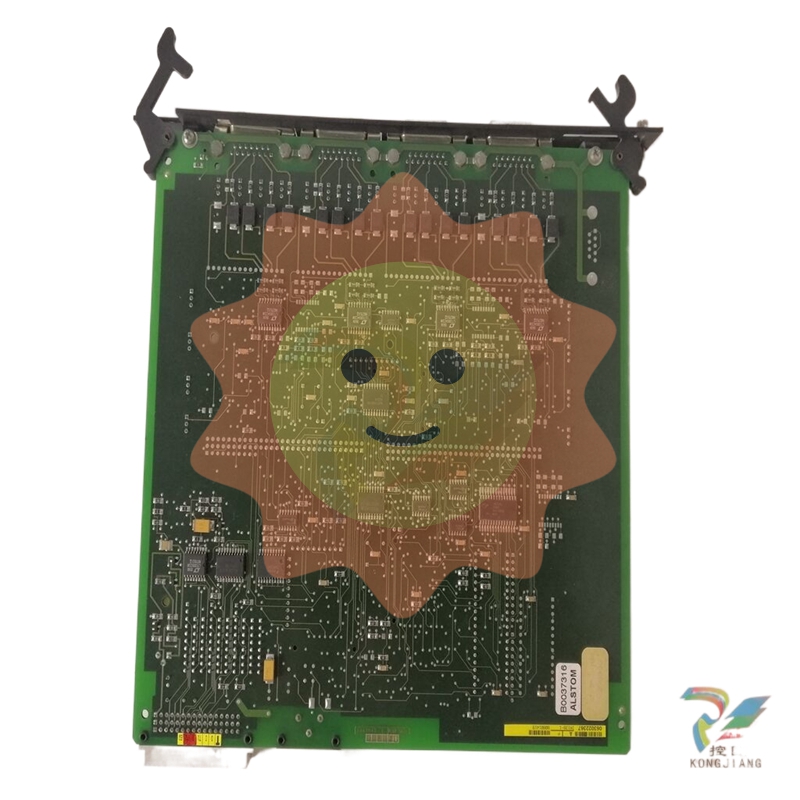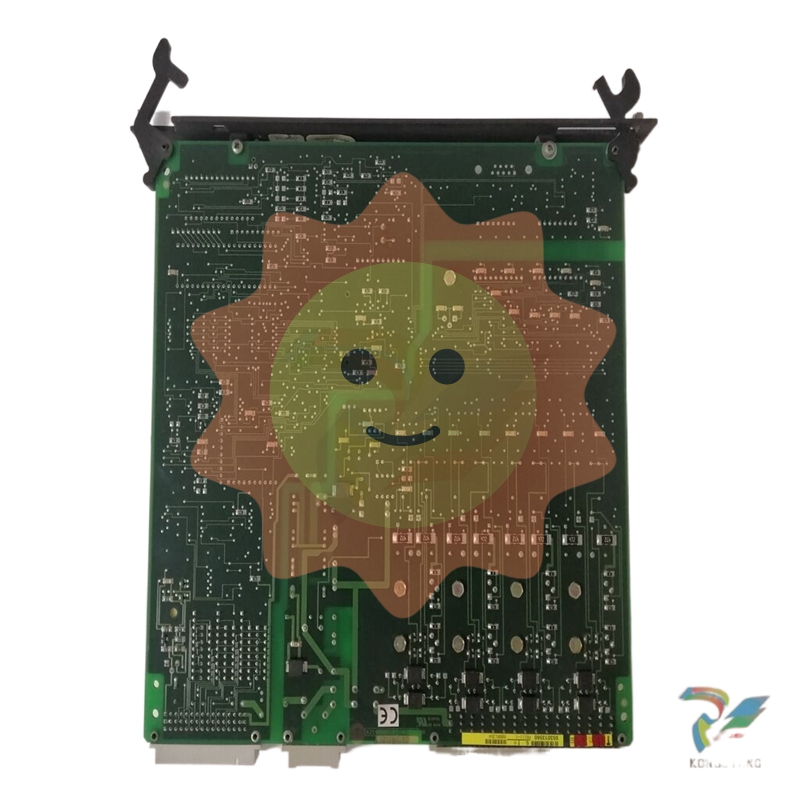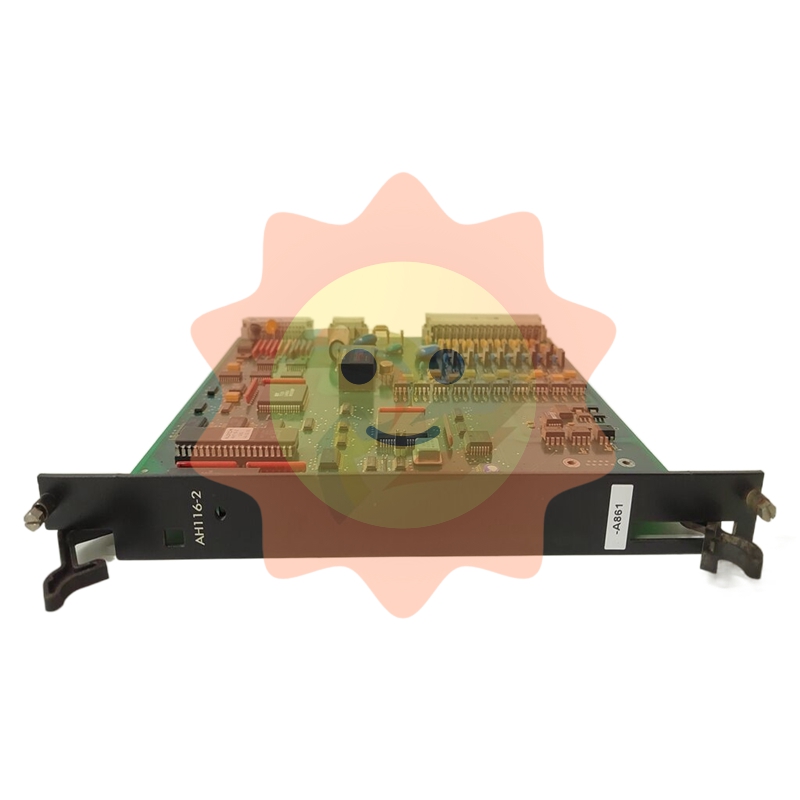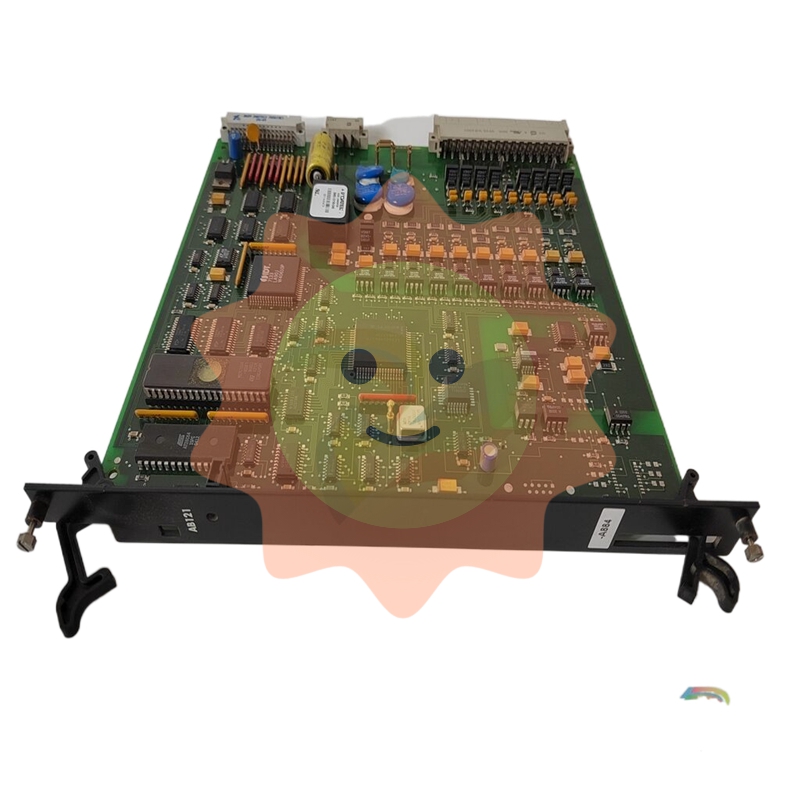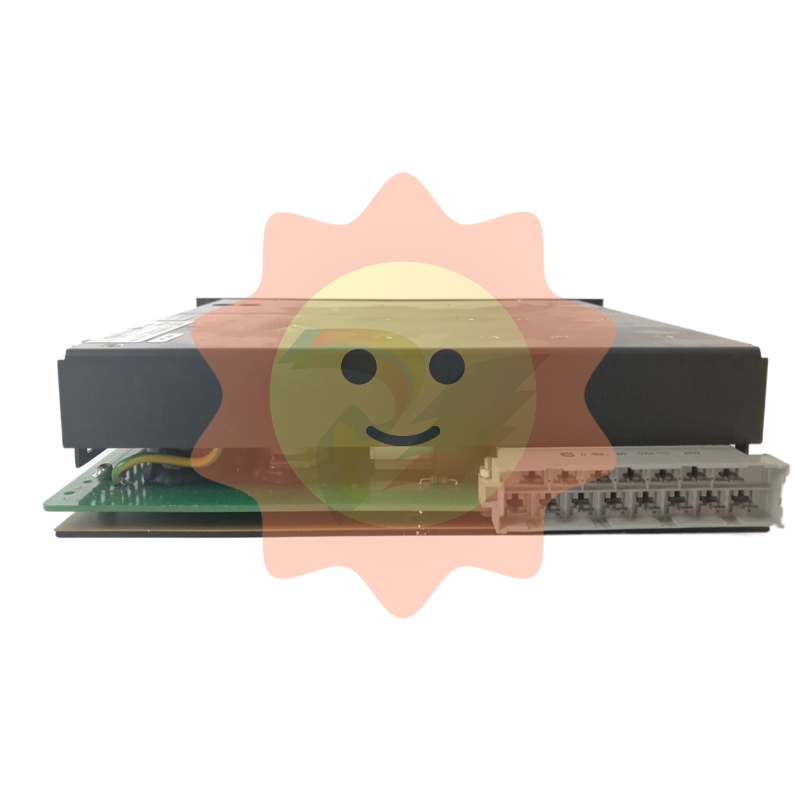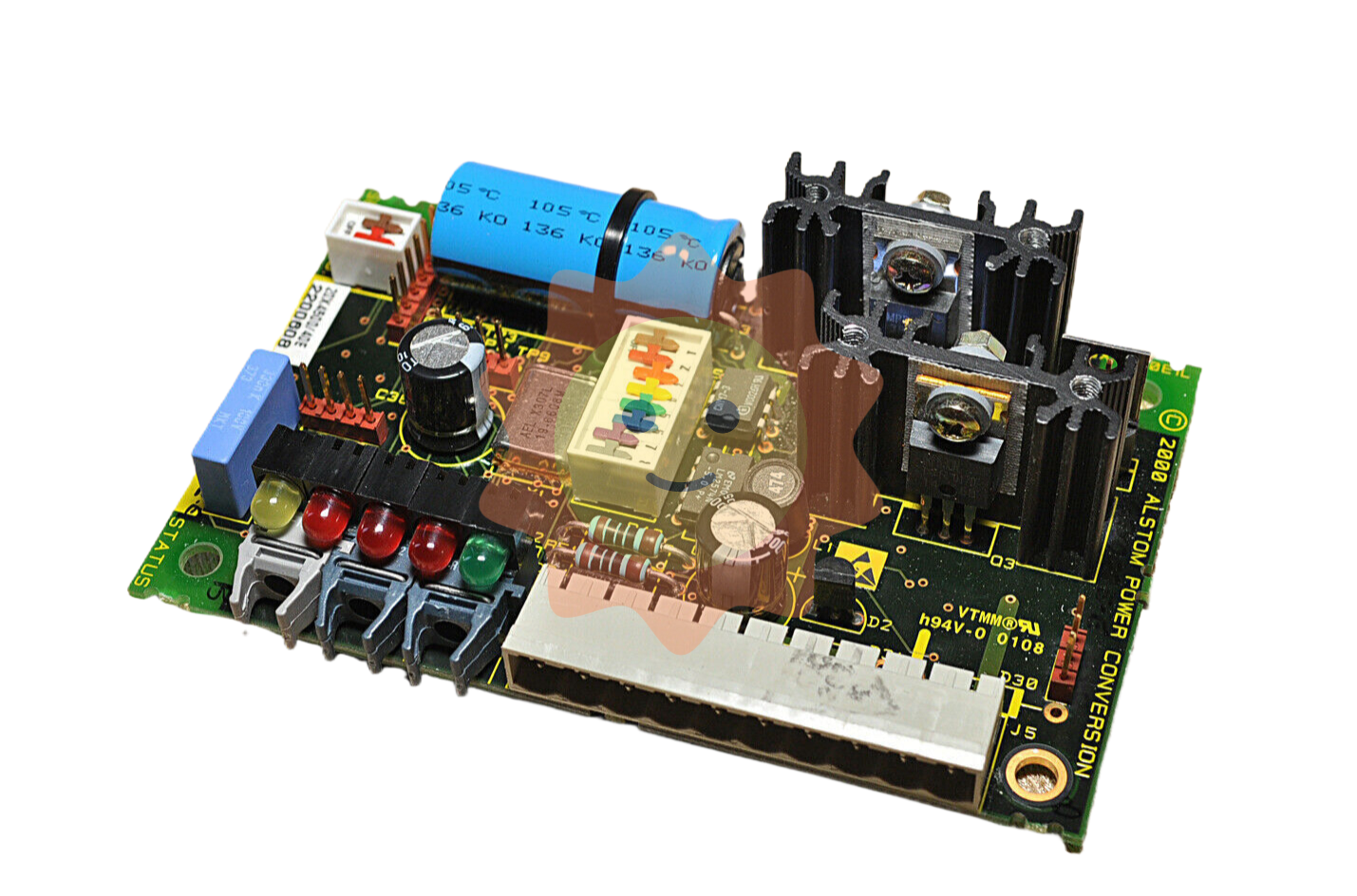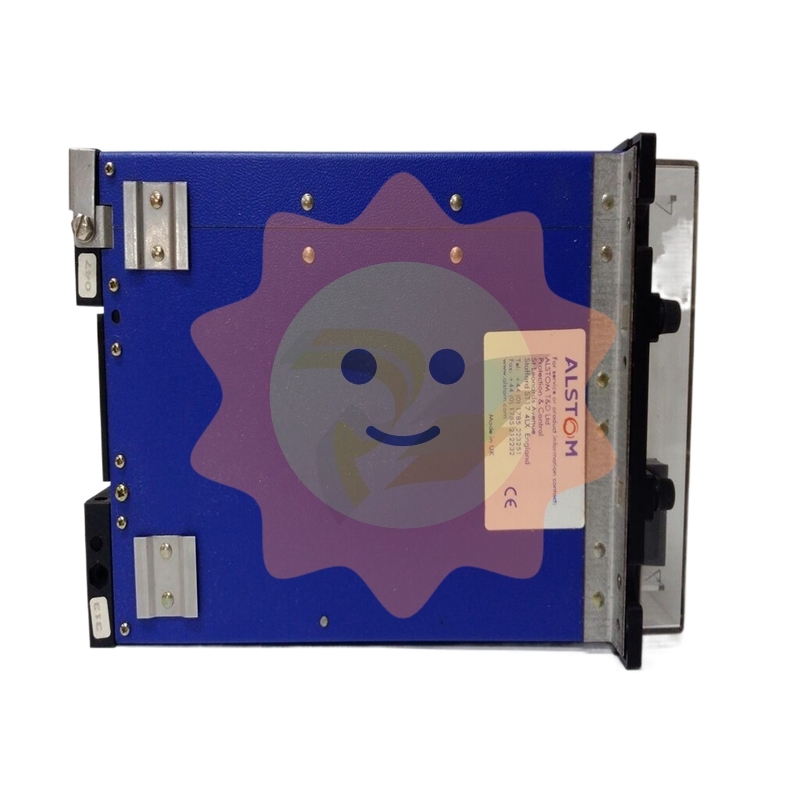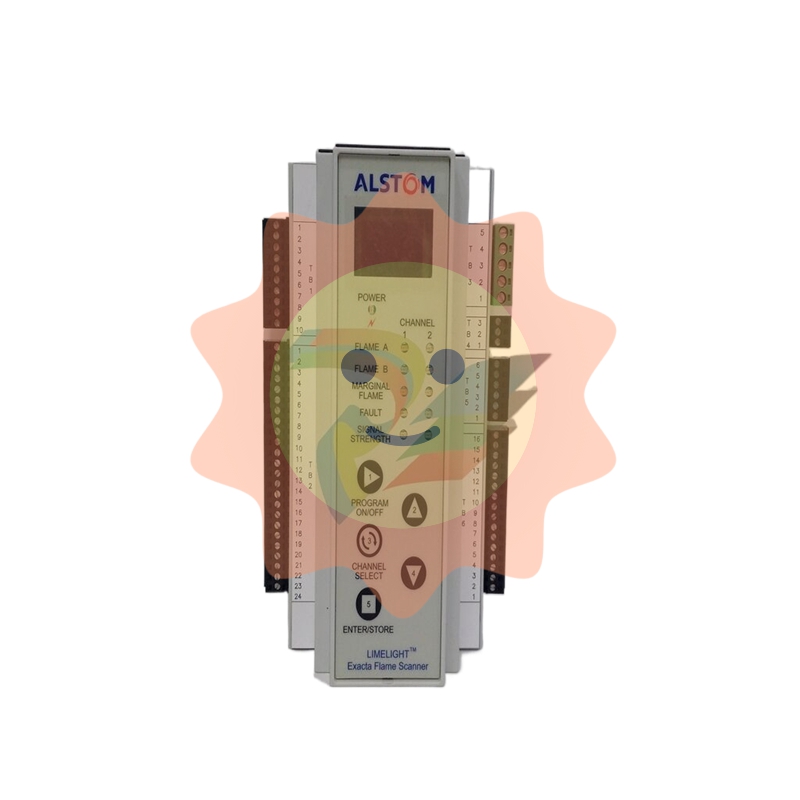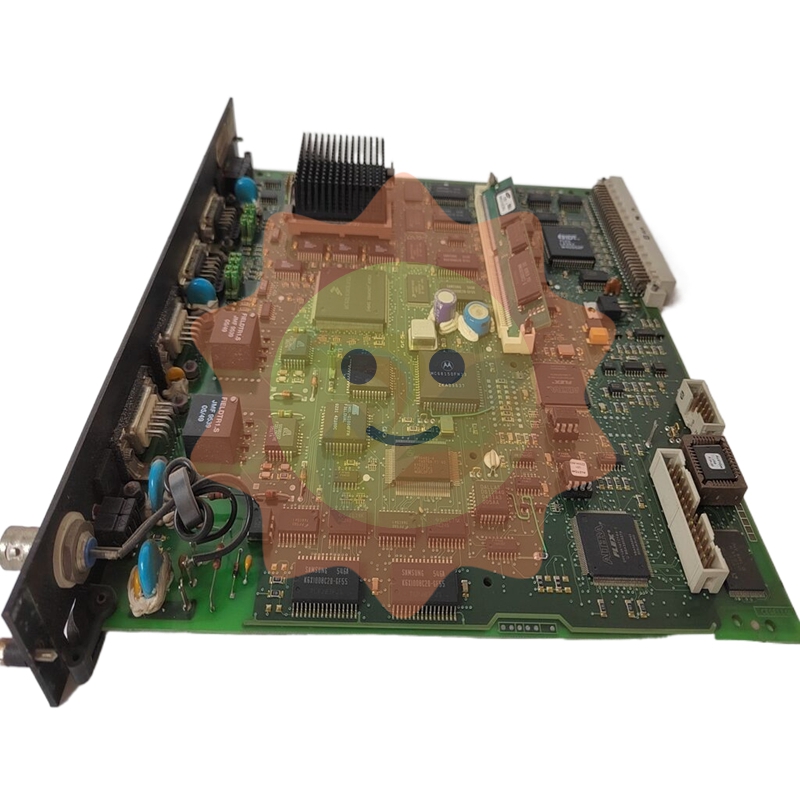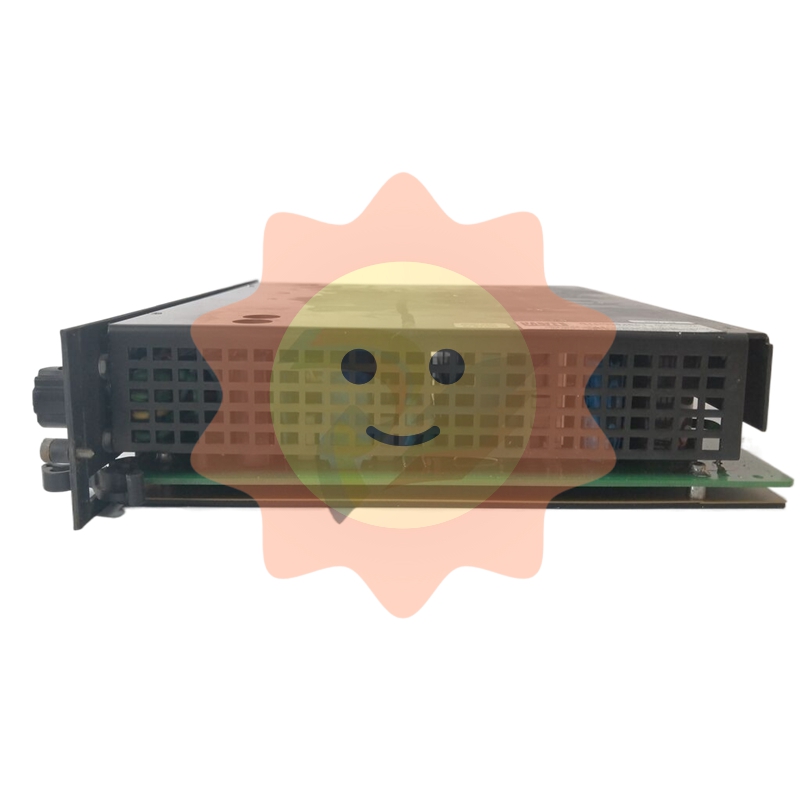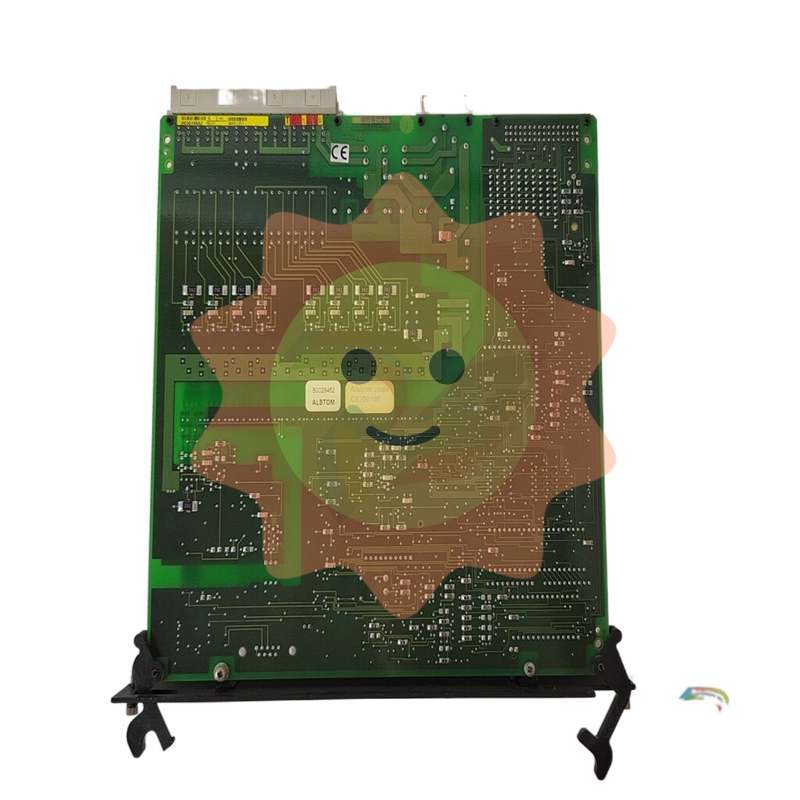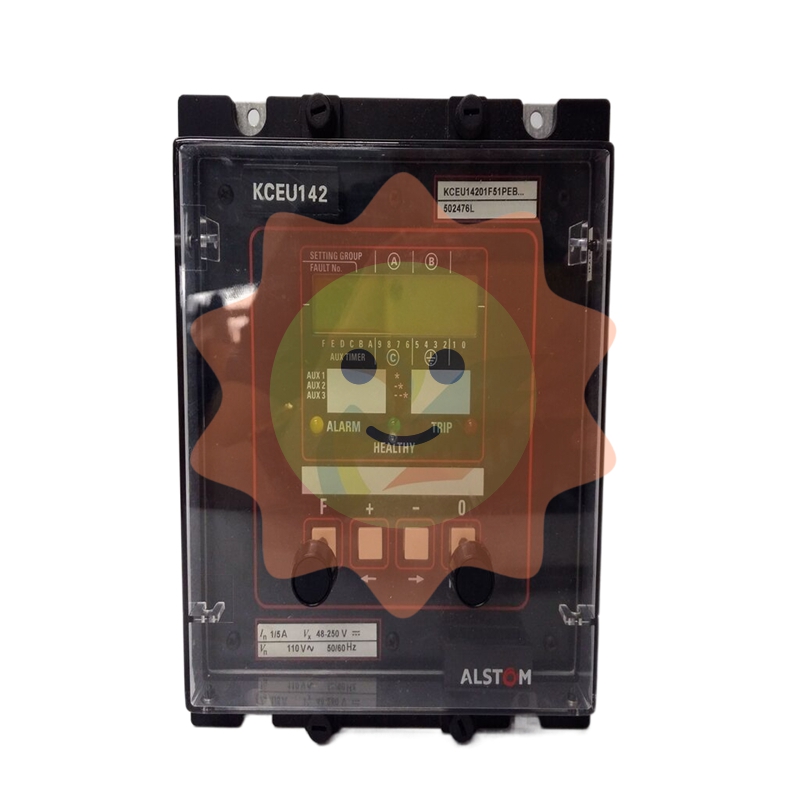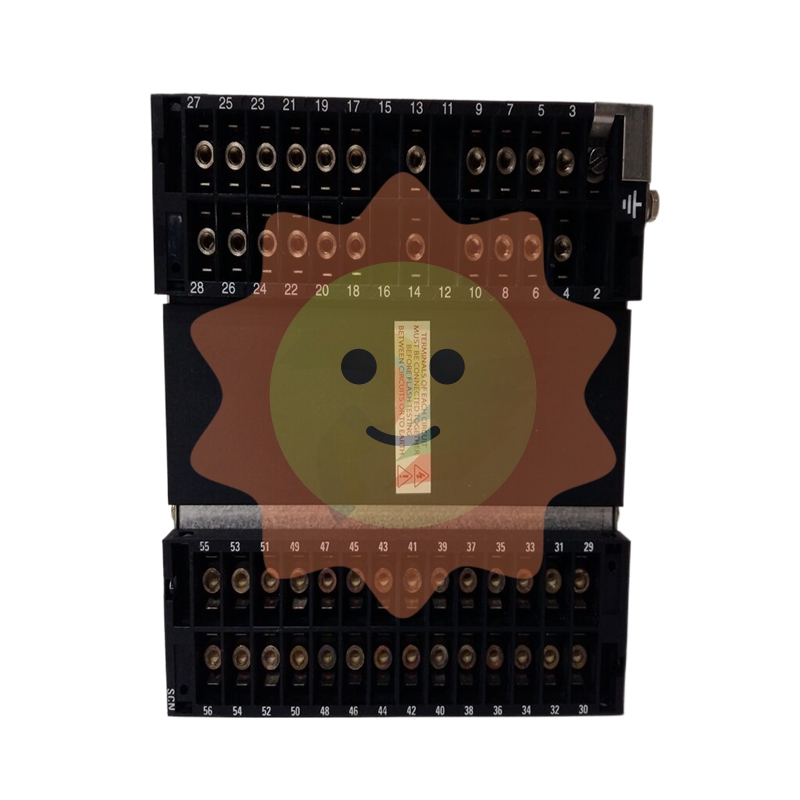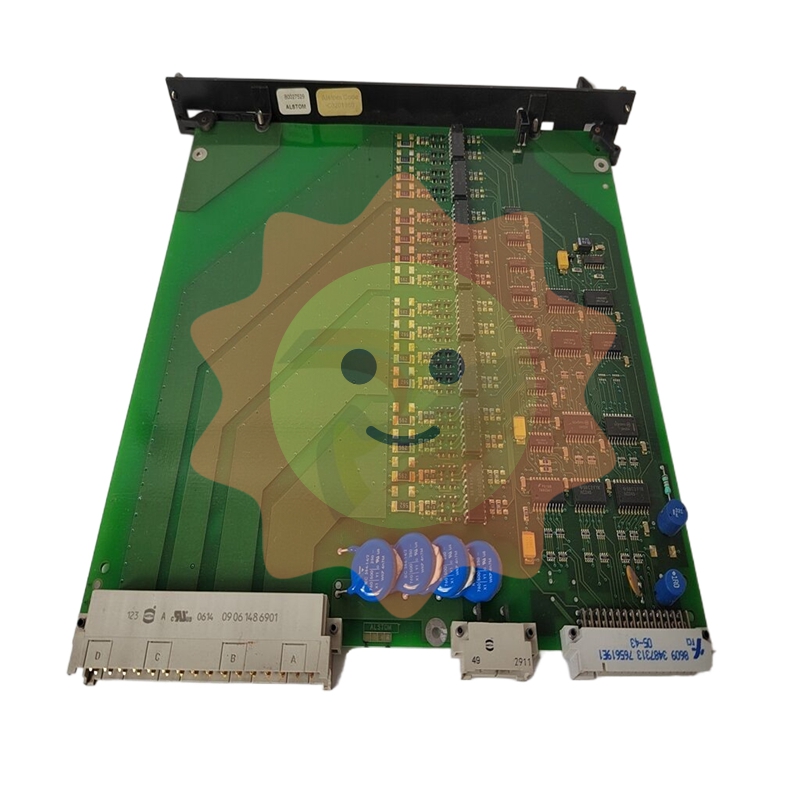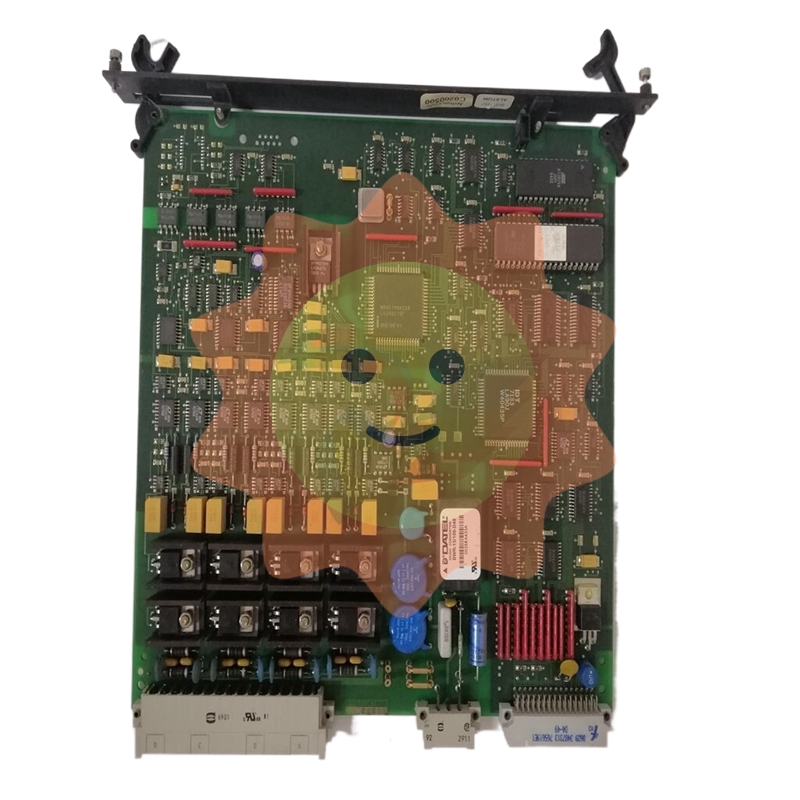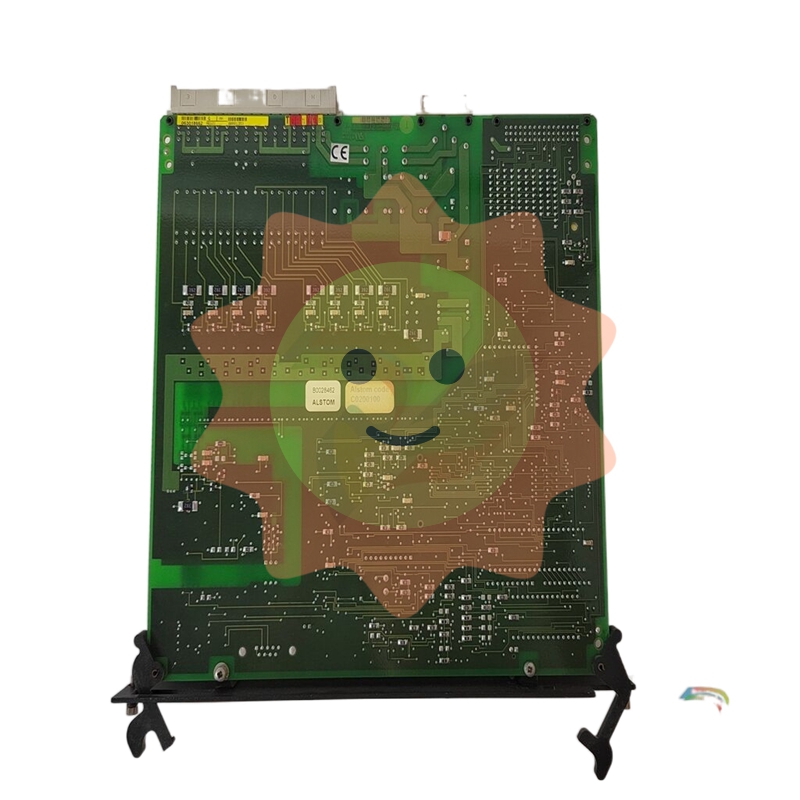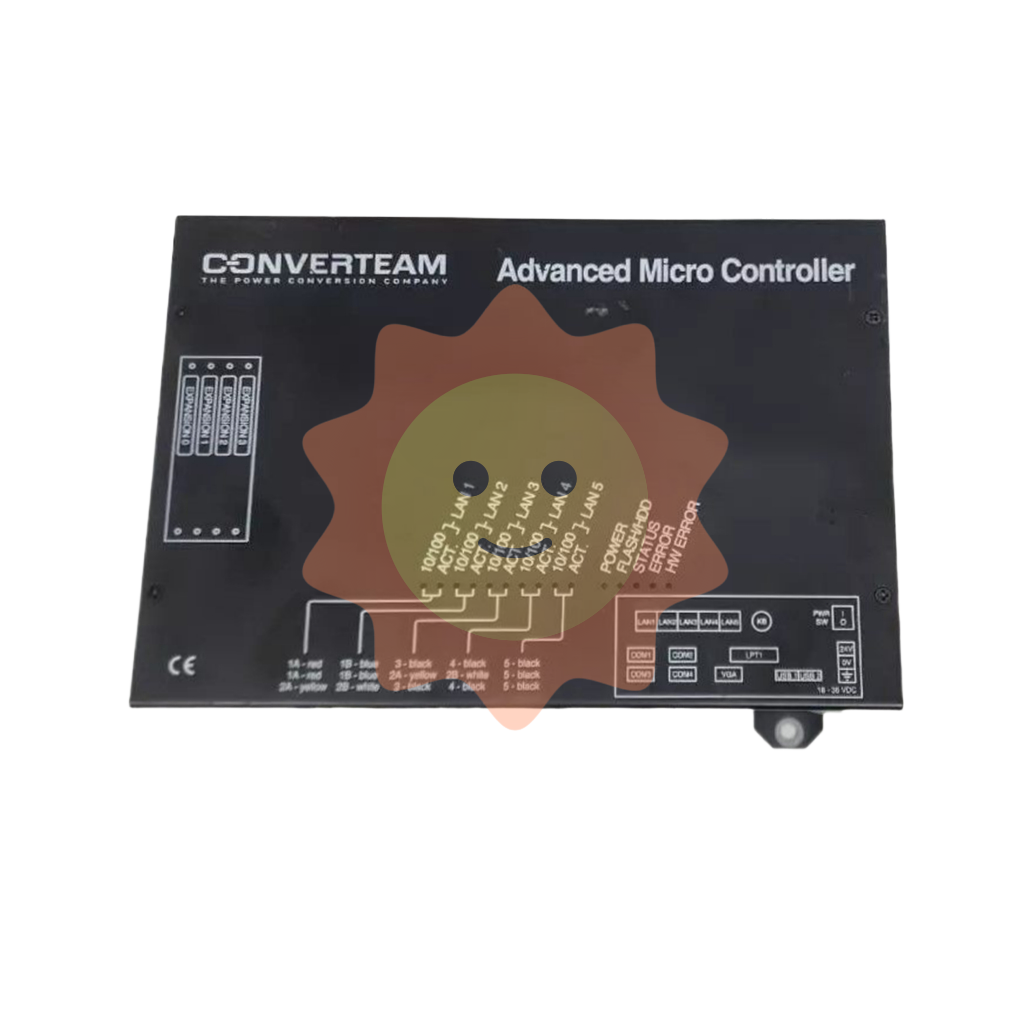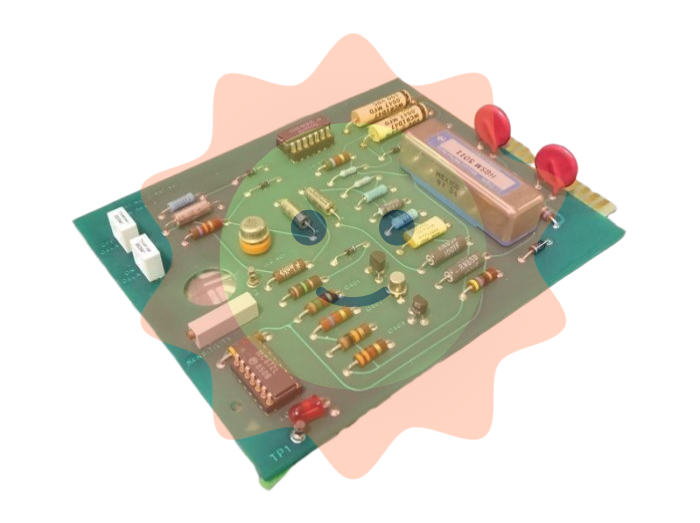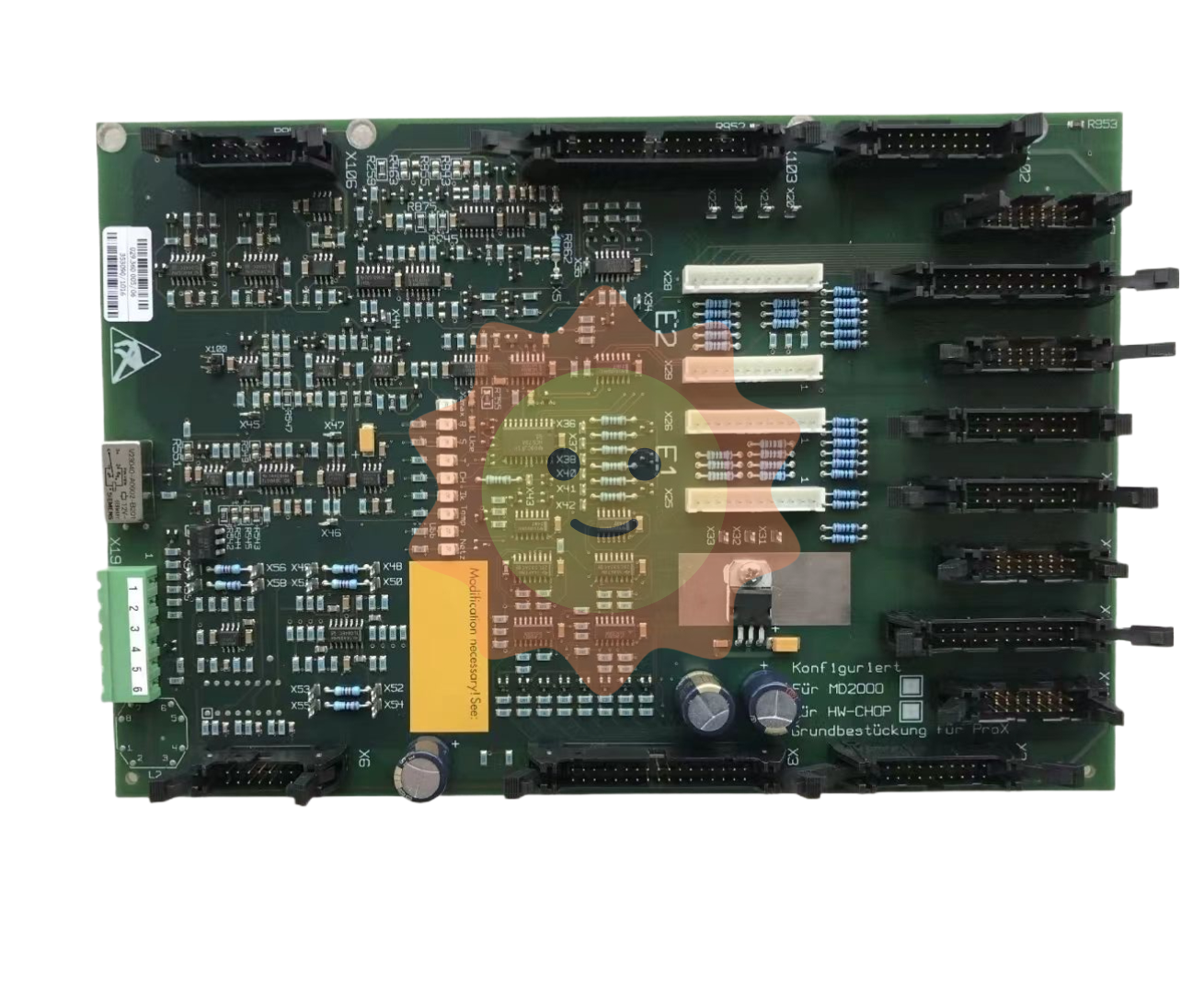Why don't electrons fall into the nucleus
In 1927, the Austrian physicist Schrodinger proposed the electron cloud model of the atom (probability theory) on the basis of the de Broglie relation. It is believed that electrons have wave-particle duality, and at a certain moment, it is impossible to accurately determine the specific position of electrons in atoms and accurately determine the speed of electrons, which is the famous uncertainty relationship. The electron moves at a high speed in a small space outside the nucleus without a definite orbit, so we can not accurately measure the position and speed of the electron at a certain time, nor can we accurately describe its trajectory. It's just the probability that an electron will appear anywhere in outer space at any given time. The density of a point in space indicates the chance of an electron appearing there. Where the density is high, it indicates that electrons have more chances to appear in the unit volume of space outside the nucleus. Where the density is small, it indicates that the electron has less chance to appear in the unit volume of space outside the nucleus, and the electron is like a cloud covering the nucleus, and the motion of the electron cannot be regarded as the orbital motion of a particle with a definite coordinate.

Section 2 Features of electronic internal structure
We believe that: (1) the essential property of the electron is particle, the electron has a specific internal structure, can absorb photons to increase the mass can also emit photons to reduce the mass, and this process can be repeated indefinitely, so the mass of the electron in the atomic bound state is not unchanged. Similar to the "mass magic number" of the atomic nucleus, the electron also has several discontinuous binding energy maxima - "mass magic number", each "mass magic number" corresponds to a stable orbital of the electron in the atom. (3) The closer the electron is to the nucleus, the smaller the mass, the closer the internal parts are combined, and the higher the "hunger degree", so the stronger its ability to combine photons; The farther away the electron is from the nucleus, the more massive it is, the more loosely bound its internal parts are, and the lower its "hunger degree", the weaker its ability to bind photons. When the electron and the nucleus are close to each other in a straight line under the action of electrostatic gravity, the electron will recoil by releasing photons through "fission" to increase the speed around the nucleus and ensure that it does not fall into the nucleus; As the electrons move away from the nucleus, they quickly absorb the photons and gain mass to store up material for the next "fission." Although the electron can absorb the photon to increase the mass, but the electron has a "critical mass", more than the "critical mass" of the electron is extremely unstable, will be fission in a very short time to release the photon and re-generate the stable existence of the mass of the smaller electron.
If we represent the mass M of the electron in horizontal coordinates and the binding force F inside the electron in vertical coordinates, we can roughly plot the binding force inside the electron mass. As can be seen from the figure: the closer the electron is to the nucleus, the smaller the mass, the higher the "hunger degree", the greater the internal binding force, and the stronger the energy of absorbing photons; The farther away the electron is from the nucleus, the greater the mass, the lower the "hunger degree", the smaller the internal binding force, and the weaker the energy of absorbing photons. The electron has several "mass magic numbers" with large internal binding force, and each "mass magic number" of the electron corresponds to a stable orbital of the electron in the atom. The free electrons in the free state have larger mass and smaller internal binding force, so it is less easy to continue to absorb photons to increase their mass. The following figure is a diagram of the mass size of the electron in different orbits (the ratio of the nucleus and the electron should be ignored here), it can be seen that the closer the electron is to the nucleus, the smaller the mass, the farther the electron is from the nucleus, the greater the mass, of course, the mass of the free electron in the free state is the largest.

The mass of electrons in an atom is not constant. The closer the electron is to the nucleus, the smaller the mass, the closer the internal parts are bound together, the higher the "hunger degree", and the stronger the ability to absorb photons. The farther away the electron is from the nucleus, the more massive it is, the more loosely bound it is, the less "hungry" it is, and the less able it is to absorb photons. This is well understood, the smaller the mass of the electron, the smaller its volume, the closer the combination between the parts, the higher the "hunger degree", and therefore the stronger the ability to combine photons; The greater the mass of the electron, the larger the volume, and the corresponding increase in the distance between the parts, resulting in the looser the electron binding, the lower the "degree of hunger", and thus the weaker the binding ability of the photon. Modern physics points out that the photon has no resting mass, which misleads many people to the understanding of electron "fission" release of photons, in fact, electron "fission" release of photons will inevitably lead to the reduction of electron mass, electron absorption of photons will inevitably lead to the increase of electron mass, which is our correct understanding of the law of electron movement in the atom.
- EMERSON
- Honeywell
- CTI
- Rolls-Royce
- General Electric
- Woodward
- Yaskawa
- xYCOM
- Motorola
- Siemens
- Rockwell
- ABB
- B&R
- HIMA
- Construction site
- electricity
- Automobile market
- PLC
- DCS
- Motor drivers
- VSD
- Implications
- cement
- CO2
- CEM
- methane
- Artificial intelligence
- Titanic
- Solar energy
- Hydrogen fuel cell
- Hydrogen and fuel cells
- Hydrogen and oxygen fuel cells
- tyre
- Chemical fiber
- dynamo
- corpuscle
- Pulp and paper
- printing
- fossil
- FANUC
- Food and beverage
- Life science
- Sewage treatment
- Personal care
- electricity
- boats
- infrastructure
- Automobile industry
- metallurgy
- Nuclear power generation
- Geothermal power generation
- Water and wastewater
- Infrastructure construction
- Mine hazard
- steel
- papermaking
- Natural gas industry
- Infrastructure construction
- Power and energy
- Rubber and plastic
- Renewable energy
- pharmacy
- mining
- Plastic industry
- Schneider
- Kongsberg
- NI
- Wind energy
- International petroleum
- International new energy network
- gas
- WATLOW
- ProSoft
- SEW
- wind
- ADVANCED
- Reliance
- YOKOGAWA
- TRICONEX
- FOXBORO
- METSO
- MAN
- Advantest
- ADVANCED
- ALSTOM
- Control Wave
- AB
- AMAT
- STUDER
- KONGSBERG
- MOTOROLA
- DANAHER MOTION
- Bentley
- Galil
- EATON
- MOLEX
- Triconex
- DEIF
- B&W


email:1583694102@qq.com
wang@kongjiangauto.com

